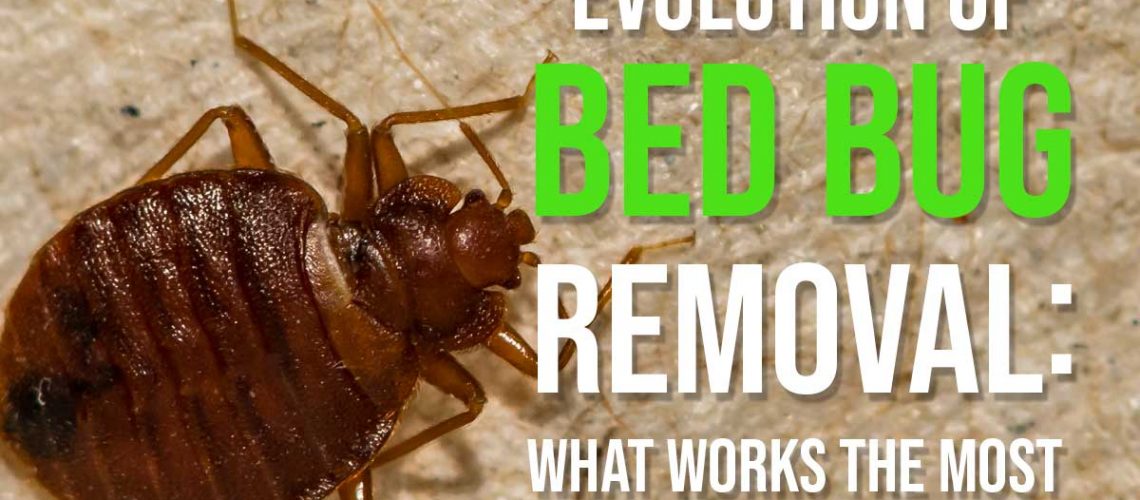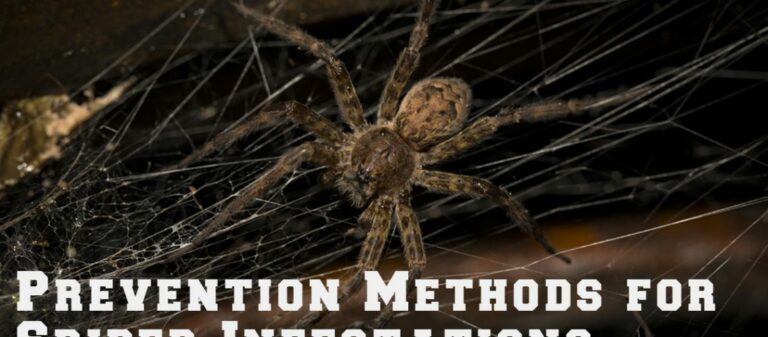Bed bugs have been known to coexist with humans for a long time. According to history, these pesky creatures had been causing chaos since ancient Egypt, about 3, 500 years ago, only stopping for a short hiatus before their resurgence in the late 1990s. All thanks to the increased influx of tourists from different parts of the world, these tiny critters have become more robust and merrier than ever before, so wiping them off the face of the planet seems almost impossible up to this day.
The Bug and its Attributes
The bed bug is one of the worst pests that can invade your home. Although it does transmit diseases or carry viruses, this nocturnal creature can destroy your peace of mind and deprive you of a good night’s rest.
With respect to size, bed bugs, with their oval-shaped bodies and reddish-brown color, are more or less similar to an apple seed. Since they are so tiny, they are rarely spotted by the naked eye. Bed bug activity usually occurs at night as it is easier for the bugs to attack their host when sleeping. Bed bugs rely on warm human blood to survive. They suck blood for at most 10 minutes without being noticed and discreetly leave red itchy bumps on people’s skin. Bed bug bites are quite a nuisance because they are incredibly itchy, eventually causing people to be restless and uncomfortable when sleeping.
“The Bed Bug Epidemic”
Scientifically known as Cimex lectularius L., these annoying pests we commonly call “bed bugs” have been the reason for man’s sleep deprivation and anxiety, making them among the most despised household insects. Over the years, the bug has gotten itself several interesting monikers–chinches de cama or chinches (Spain), bed louse, wallpaper flounder, wall louse, crimson rambler, mahogany flat, night rider, and red coat.
At some point, all hope was lost regarding finding effective remedies and extermination procedures, and poor people, specifically those living in the slums, had been somewhat immune to the bug as if dealing with the creature was a part of their being less fortunate. While these ectoparasites do not discriminate when choosing their victims, those in poor living conditions went through worse (Ministry of Health, cited by Potter, 2011).
Still, would you believe these tiny nemeses of human civilization had once been used for medicinal purposes? Panagiotakopulu and Buckland (1999) wrote that ancient villages and societies had once regarded bed bugs as pests and a potion to cure illnesses. These pests were even used by ancient Greeks and Romans to treat snakebites or loosen leeches’ grip. As Potter (2011) mentioned, Riley and Johanssen claimed bed bugs as a remedy for fatal diseases like malaria.
Nevertheless, the discomfort and troubles inflicted by bed bugs have turned from worse to worst as the human population and industries expanded and multiplied. The plague was no longer confined to the people’s households. It has spread through hotels, hospitals, restaurants, military barracks, ambulances, ships, trains, buses, cars, schools, theaters, laundry houses, and everywhere. More countries worldwide, including Asia and Europe, have suffered from bed bug infestations. Although various methods and remedies have been invented to combat the proliferation of the vermin, the effects of most of those treatments were only short-lived, and the bugs always had their way of coming back and re-infesting.
Exterminating the Bugs: Then and Now
Since then, getting rid of bed bugs has been complex and downright challenging. Bed bugs are the type of insects that do not just disappear after having a taste of poison and/or pesticides. If their eggs or larvae are left untouched, killing hundreds or thousands of these pesky pests will be useless.
Here is a timeline of how early bed bug exterminators attempted to eradicate bed bugs and stop the plague:
1. 1700s Bed Bug Removal
The first pest control company specializing in bed bug control was Tiffin & Son of England. However, the business back then was mainly intended for serving the noble family of the Queen. Tiffin, however, noted that bed bugs reproduce fast, and although bed bugs mostly dwell in people’s bedrooms, if left untreated, they would soon climb to walls and ceilings and soon disperse outward into other areas of the household, which would make the extermination procedure a lot costlier and more complex. Later on, other European exterminators emerged, such as John Southall, who wrote a book discussing in detail the behavior of bed bugs and the preventive measures people should practice at home to minimize contamination. Moreover, Southall introduced the bed bug killer called “Nonpareil Liquor,” whose secret formula was later lost, yet according to Buszvine, considering that Southall traveled to Jamaica, the procedure of the liquid must have been obtained from a tropical tree called quassia wood known to contain insecticidal properties (cited by Potter, 2011). Other 18th-century bed bug treatment methods were rather dangerous such as sprinkling gunpowder on cracks or gaps in the bed and setting it on fire.
2. 1800s Bed Bug Removal
As the bed bug infestation spread across Northern America, people resorted to using sulfur, arsenic, and boiling water to deter bed bugs. Unfortunately, this only provided short-term solutions to the problem. Bed bugs kept entering cities as souvenirs from tourists traveling by ship or train. Around this time, however, people had learned to be more cautious by doing safety measures like pulling beds away from walls, applying pyrethrum powder, or soaking the legs of the bed in a pan of oil. It was then established that the most effective way to prevent bed bug infestation from worsening was vigilance in terms of cleaning the house, especially the bedroom, wherein beds were disassembled, beddings were washed, and joints, slats, box springs, and crevices were drenched with grease or boiling water.
3. 1900s Bed Bug Removal
Fumigation is used in the early 1900s. Later on, cast iron radiators, industrial fans, electricity, and central heating systems became common in buildings and homes in the 1930s, and bed bugs no longer came as seasonal. The pests have become active all year round, and almost every household in numerous major cities in Europe encountered bed bugs to a severe extent. These tiny creepy crawlies were even seen outdoors, traveling house to house through pipes, gutters, walls, windows, and doors. As bed bugs became a community-wide nuisance, poor communities were observed to have suffered harsher and more pitiable conditions due to overcrowding and poor hygiene.
Consequently, through the help of Dr. Charles Killick Millard, an anti-bug movement and slum clearance campaigns were launched, wherein tenants were relocated to new housing, along with strict disinfestation protocols. Indeed, European countries each floated efforts to combat bed bug infestations.
Bed Bugs History in Europe
- England
According to the Ministry of Health, as Potter (2011) mentioned, “cleansing stations” containing steam disinfectors were put up in England to disinfect beddings and clothes, while hydrogen cyanide was used for fumigating furniture and other household items.
- Germany
In Germany, landlords would require sworn statements from exterminators verifying that the vacant apartments were safe from bed bugs (Hartnack, 1939).
- Sweden
The Swedish government-mandated fumigation of people’s belongings, buildings, and houses (Hartnack, 1939).
- Scotland
Through its Department of Health, Scotland introduced a more comprehensive approach to bed bug prevention–the Glasgow System. The Glasgow System focused on spreading awareness among newly relocated tenants as regards the nature and behavior of the pests and the significance of practicing cleanliness and sanitation. In addition, Public Health officers conducted monthly visits for three months following the relocation to check the possibility of bed bug activity in the household, give instructions on preventive measures, and assess the observance of such standards (Hartnack, 1939).







